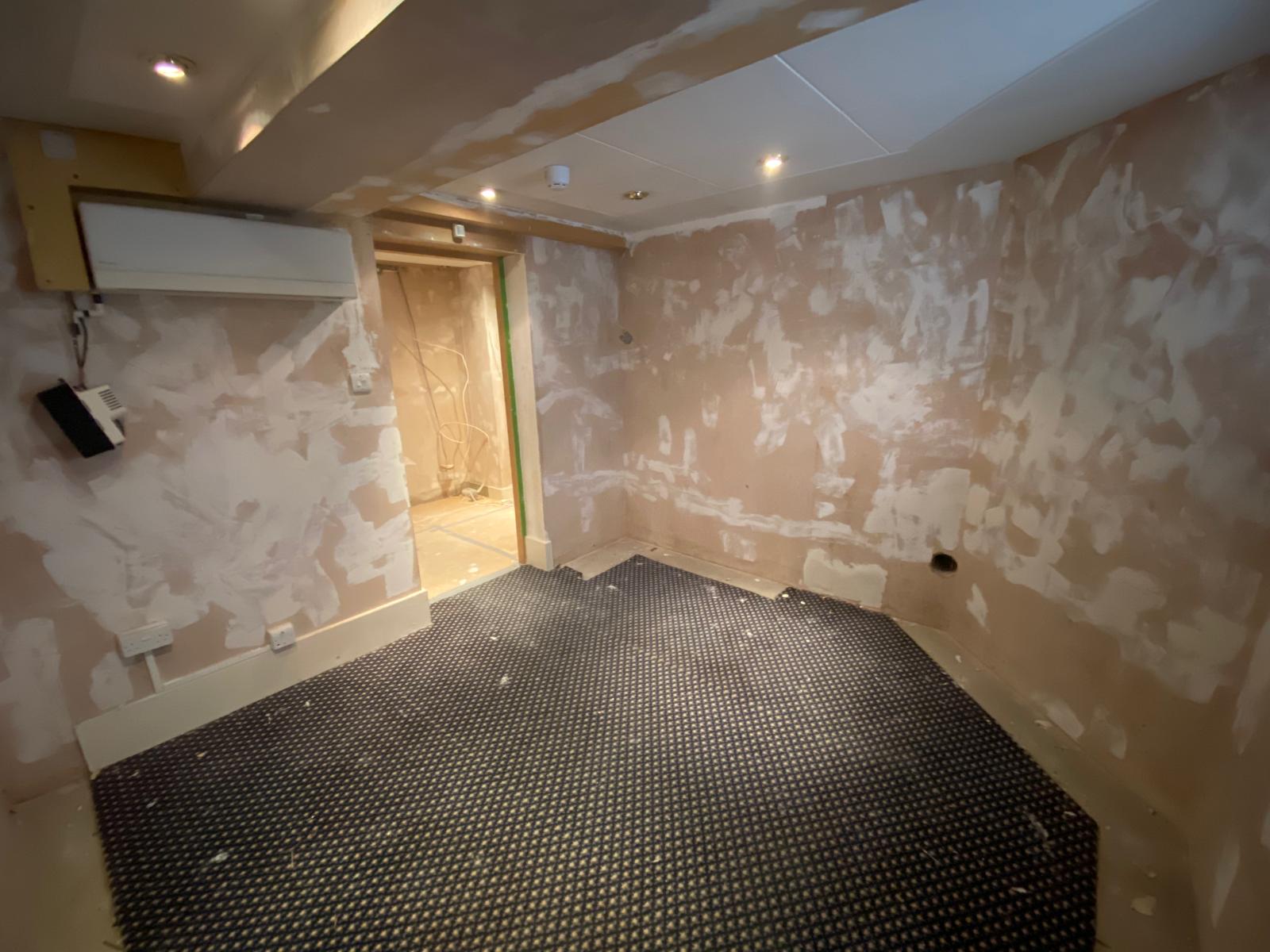The Strip Out Process from Planning to Completion
January 20, 2025

The strip-out process is an evolving and popular trend in the construction industry. It involves removing all the non-structural items and parts of a building. People prefer to strip out their property, especially before demolition or refurbishment work.
The primary importance of the process remains in its sustainable approach. When you conduct a strip-out process for your property, you try to retain or reuse as much of the construction or property materials as possible for future use.
The following discussion will bring you the importance of stripping out for your building. A step-by-step guide will also be provided to help you complete your property's process.
The importance of strip out process
As identified at the beginning of the discussion, strip out is a process of removing all the non-structural elements of a building. This includes home decorations, furniture, electric appliances, and electrical and internet wires.
If you plan to demolish or renovate your old building with a modern design, you should consider stripping out the process. Through this process, you can reduce the cost of your next construction phase. You can strip out existing non-structural elements and use them to renovate your next property. Suppose you remove electrical and internet wiring, which you can use for the next construction phase.
Process to complete strip out for warehouse factory or industrial space
When you have decided to conduct a strip-out process for your property, such as a warehouse or industrial space, you should follow specific steps to complete the journey. The following steps can help you successfully conduct the strip-out process for your warehouse or industrial areas.
Initial planning
The initial planning stage for stripping involves surveying the property. The survey will reveal the building's structural integrity, what can be stripped out, and what cannot be reused.
The initial planning also involves delivering a timeline to complete the project. If the strip-out work can possibly disturb neighbours, you should also communicate with them. You may ask them when they will not be home and complete your task within that time frame.
Preparation
At this stage, you prepare for the initiation of the strip-out process. This involves clearing the premises of unnecessary products, chemicals, or instruments.
A brief training session can be arranged for workers to ensure their safety and security. Workers' efficiency might be reduced if they do not know which tool to use in what condition.
Execution
At this stage, workers identify materials or non-structural elements in the warehouse or industrial property. They strip out necessary materials while remaining careful not to damage the property's structural integrity.
For example, workers can strip out electric lights, an air-conditioned system, product storage racks, and similar elements. You can reuse them to expand or renovate your warehouse or industrial space.
Coordination
The key to successfully completing the strip-out process in a complex place like a warehouse or factory is coordination. It should always be coordinated with the strip-out contractor and the workers. You should explicitly tell them your expectations and the ultimate time of delivery of the work.
Once workers and contractors understand your expectations, they will be able to perform the job accordingly.
Recycling
The main purpose of the strip-out process is to recycle old and usable products for the future. If you reuse old materials in the new construction phase, you save a lot of money. Besides, you reduce the requirement of new resources, saving natural wealth.
When you adopt the practice of recycling old materials and goods, you actively contribute to sustainability.
Waste disposal
Remove all the waste materials after completing the strip-out process for your industrial areas or factories. According to UK government law, you are responsible for properly managing waste materials. However, waste materials can be classified according to their nature and characteristics. So, you should dispose of them separately.
For example, asbestos-containing materials are different from normal concrete particles. So, you need different bags or containers to put asbestos or non-structural elements.
Conclusion
Do you want to reduce construction costs? Go for a strip-out process. It is a sustainable approach because it promotes the use of old materials. When you use products until they can be used no more, congratulations, you are one step closer to saving the environment.
Old things like lights, electrical wires, and heaters - can be used for the next construction phase.
However, a strip-out process is only successful when waste materials are removed from the site using proper guidelines.
Recent Blogs
- How to Minimise Operational Downtime for Strip Out in Retail and High Street Stores in the UK
- Summer Holiday Strip-Out Projects: Preparing Educational Buildings for Major Upgrades
- A Comprehensive Guide to Soft Strip Demolition for Warehouses in the UK
- Strip Out for Restaurants & Pubs: Renovation Without Disruption
- Eco-Friendly Strip Out Services: How to Reduce Waste and Recycle Materials